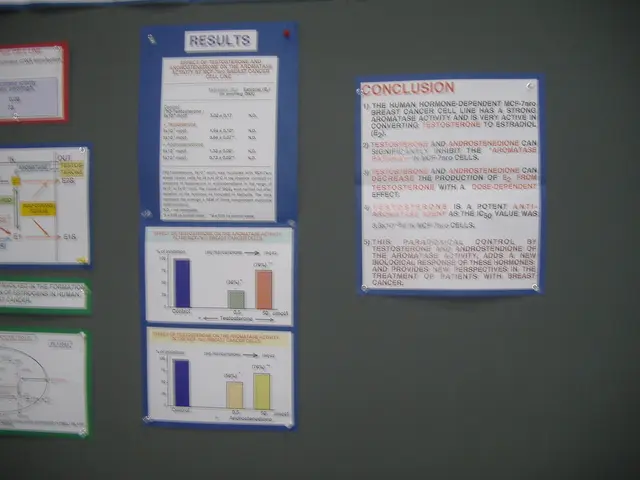Understanding 'Garbage In, Garbage Out' to Enhance Data Reliability
Data reliability is crucial for informed decision-making. The principle 'garbage in, garbage out' (GIGO) underscores this, warning that flawed data leads to unreliable results. Understanding and managing data quality is thus essential. This article explores GIGO, its evolution, and strategies to combat it.
GIGO, originating in computer science, was popularized by George Fuechsel in the 1960s. It highlights the critical relationship between input data and results. Inaccurate or flawed data can lead to unintended consequences, as seen in text editors, software crashes, and machine learning failures. Besides input quality, analyst biases, incorrect theoretical frameworks, and model errors also contribute to poor output.
To address this, understanding different types of garbage data is key. These include incorrect data, invalid recorded data, outliers, collinearity, missing data, and irrelevant data. Proactively managing data quality through strategies like data cleaning, cross-validation, reformatting, segmentation, setting success criteria, and regular dataset reviews can counteract GIGO. Master Data Management (MDM) offers a structured approach, consolidating data sources into a single, reliable source of truth.
As data becomes increasingly integral to operations in various sectors, so does the importance of understanding and managing data quality. By acknowledging and addressing GIGO, organizations can enhance the reliability of data-driven decisions, ensuring that 'garbage in' doesn't lead to 'garbage out'.
Read also:
- Trump announces Chinese leader's confirmation of TikTok agreement
- Enhancing the framework or setup for efficient operation and growth
- Hydroelectric Power Generation Industry Forecasted to Expand to USD 413.3 Billion by 2034, Projected Growth Rate of 5.8% Compound Annual Growth Rate (CAGR)
- SpaceX & T-Mobile Activate Starlink for Hurricane Helene Connectivity








